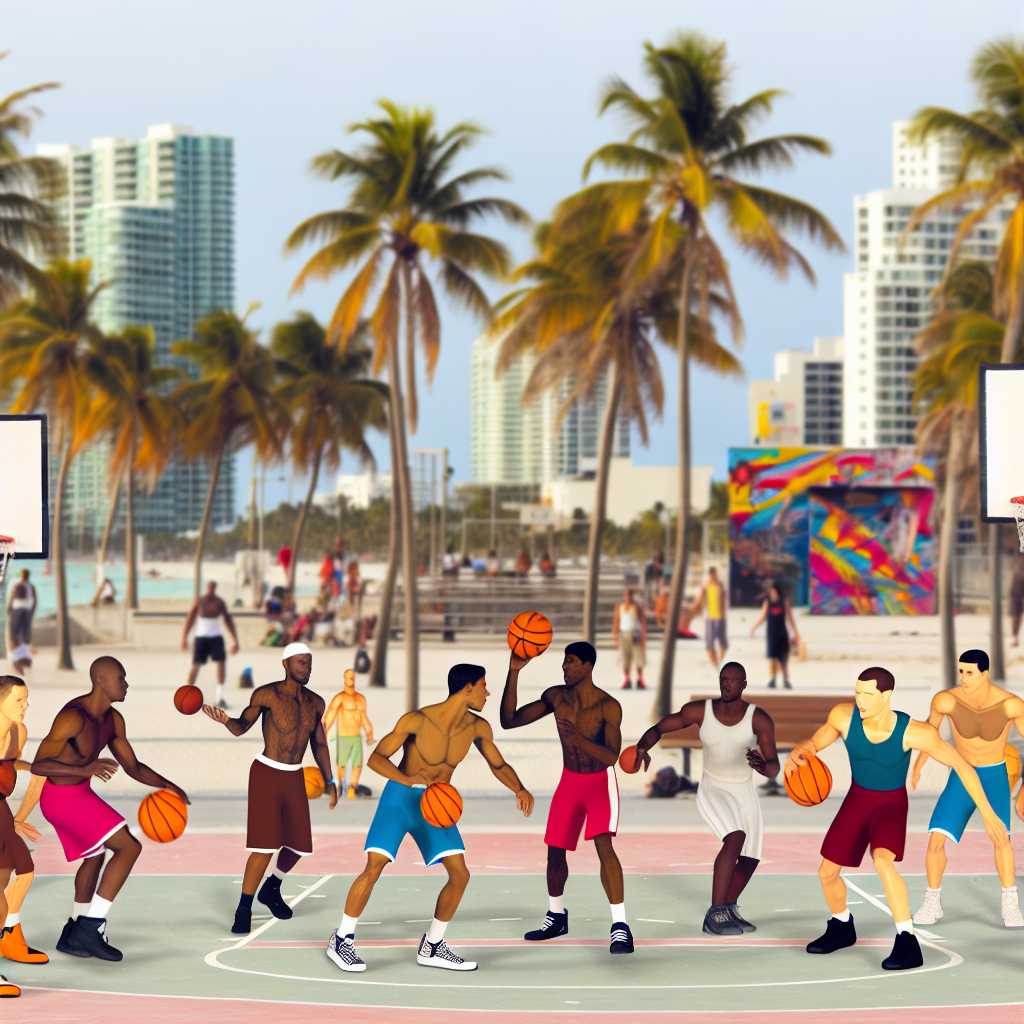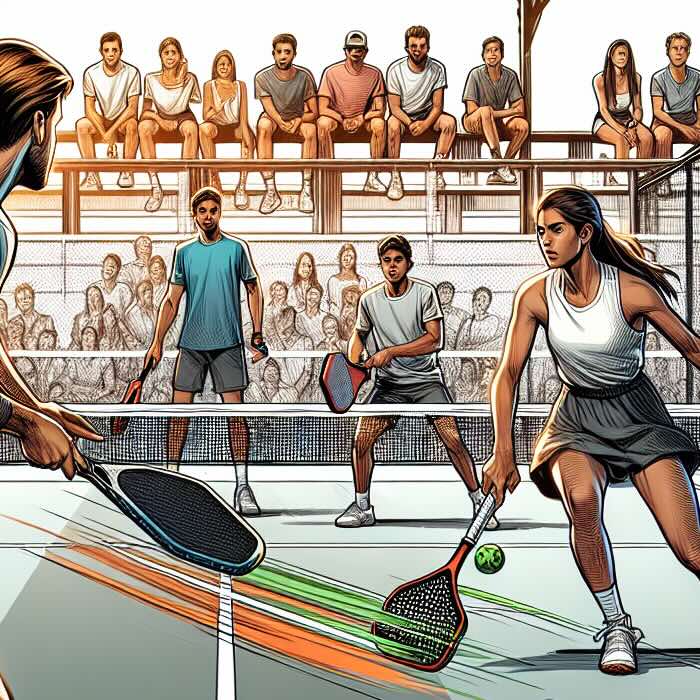Pickup basketball is more than just a game; it’s a culture, a way of life for many who love the sport. It’s the scene where raw talent meets passion, where anyone can step up, lace their shoes, and leave it all on the court. Whether you’re a seasoned player or new to the game, finding a pickup basketball game is a thrilling way to enjoy your local sports community and improve your skills.
Getting into a Pickup Game
Starting in pickup basketball is as simple as heading down to your local court. Typically, you’ll find games happening in public parks, school gymnasiums, or community centers. To join, look for courts with ongoing games and players grouping up. Pickup basketball games usually follow a first-come, first-served rule. If you’re not sure how to get involved, here’s a quick guide:
- Arrive Early: This gives you the chance to get acquainted with the players warming up.
- Sign Up: Some courts have an informal list system. Find out what the local custom is—often, you can signal that you’re waiting by shooting around until it’s your turn.
- Watch and Learn: Observe the players and get a sense of the competition level.
- Jump In: When a game finishes, there’s often a switch of teams. If players ask who’s next, confidently step forward—pickup basketball is all about initiative!
Pickup Basketball Rules
The beauty of pickup basketball lies in its simplicity and flexibility, though some common rules are generally followed:
- Calling Your Own Fouls: Often, players are responsible for calling their own fouls, which requires honesty and sportsmanship.
- Win by Two: Games usually play to 11, 15, or 21 points, but most courts enforce a "win by two" rule.
- ‘Check Ball’ to Start Play: Every new possession starts with a pass to check the ball at the top of the key.
Famous Pickup Basketball Playgrounds
Some playgrounds have become legendary, not just because of their location, but because of the historic players who have graced their courts.
- Rucker Park (New York City): Perhaps the most iconic basketball playground in the world, many NBA legends like Kareem Abdul-Jabbar and Dr. J have sharpened their skills here.
- Venice Beach Courts (Los Angeles): Known for its vibrant atmosphere and challenging games, Venice Beach is a must-visit for any basketball enthusiast.
- The Cage (New York City): Officially known as West Fourth Street Courts, it’s famous for its gritty games and hardcore players.
Noteworthy Players
Numerous NBA stars started under the street lights of outdoor courts.
- Kobe Bryant: Paid respects to his streetball roots and believed in playing in diverse environments.
- Kevin Durant: Known for making appearances at local courts and participating in public games.
Conclusion
Pickup basketball is a great way to enjoy the game outside the confining walls of formal competitions. It provides an atmosphere where every player, regardless of their skill level, is welcome to show their passion for the game. Whether revisiting famous playgrounds or just trying out your local court, remember to play hard, respect all players on the court, and most importantly—have fun!



